In 1580, a fierce samurai battle unfolded in Japan. For centuries, the warriors who fought and died there were believed to be men loyal samurai defending their lords and their honor. But recent archaeological research tells a different story one that history has long overlooked.
New forensic studies from that battlefield revealed something astonishing: one in every three warriors buried there was a woman.
This discovery challenges long-held beliefs about Japan’s feudal era and shines a long-overdue spotlight on the onna-bugeisha female samurai warriors who fought and died beside their male counterparts.
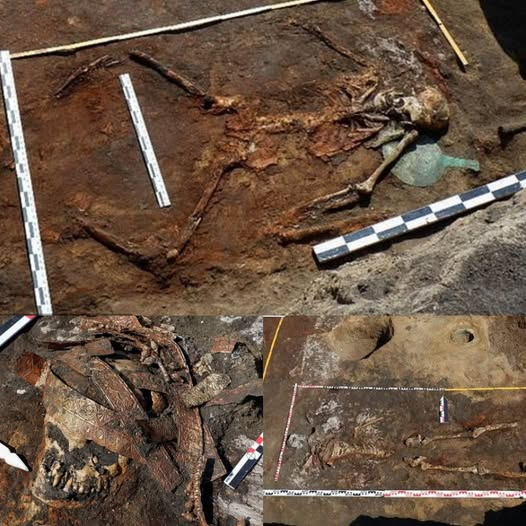
Who Were the Onna-Bugeisha?
The onna-bugeisha (literally “female martial artist”) were a class of women trained in combat who lived during Japan’s feudal period, particularly from the Heian period (794–1185) through the Edo period (1603–1868).
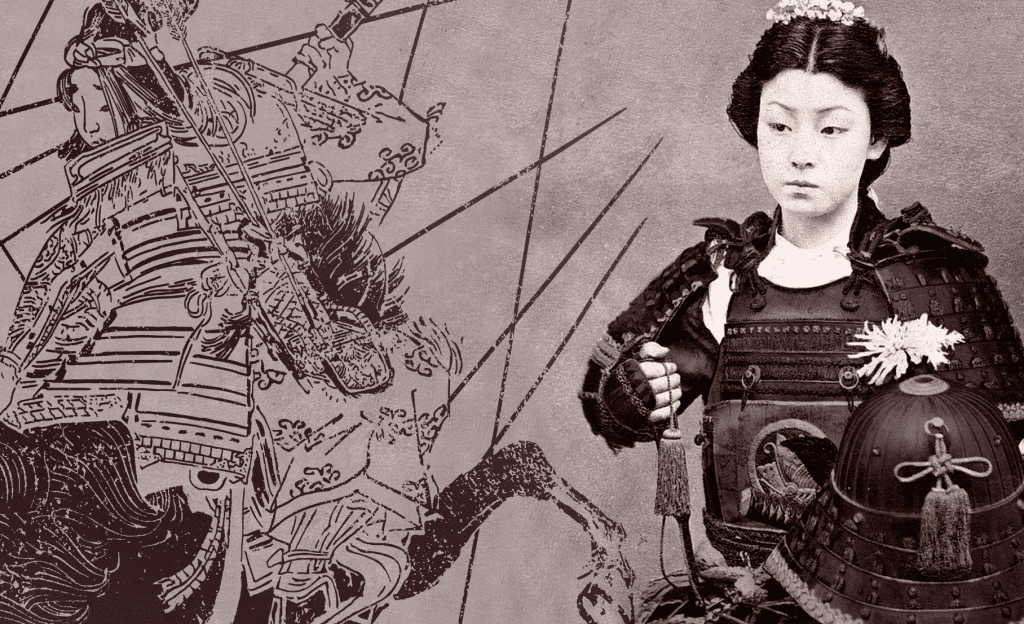
These women were not merely defending the home while men went to war. Some of them were frontline fighters, skilled in weaponry like the naginata (a long-bladed polearm) and kaiken (a dagger often concealed in clothing). Many came from noble or samurai families and were trained from a young age in self-defense and battlefield tactics.
While history books often portray samurai culture as male-dominated, the truth is more nuanced. Onna-bugeisha may not have been as numerous, but they were powerful, respected, and real.
Video:
Japan’s Most Feared Female Samurai – Tomoe Gozen – Forgotten History
The 1580 Battlefield and What It Reveals
Researchers analyzed skeletal remains from a mass grave dated to around 1580 a period of intense civil war in Japan known as the Sengoku era, or “Warring States” period. Out of the bodies studied, approximately 35% were biologically female.
This isn’t a statistical outlier. The site was not a home or fortress where women may have died defensively. It was a battlefield. These women died in armor, many showing injuries consistent with close combat.
Forensic archaeologists used DNA analysis and isotopic testing to confirm sex and diet, ruling out the possibility of accidental burial or mistaken identity. The evidence points to one clear conclusion: women were fully engaged in combat during this violent chapter of Japanese history.
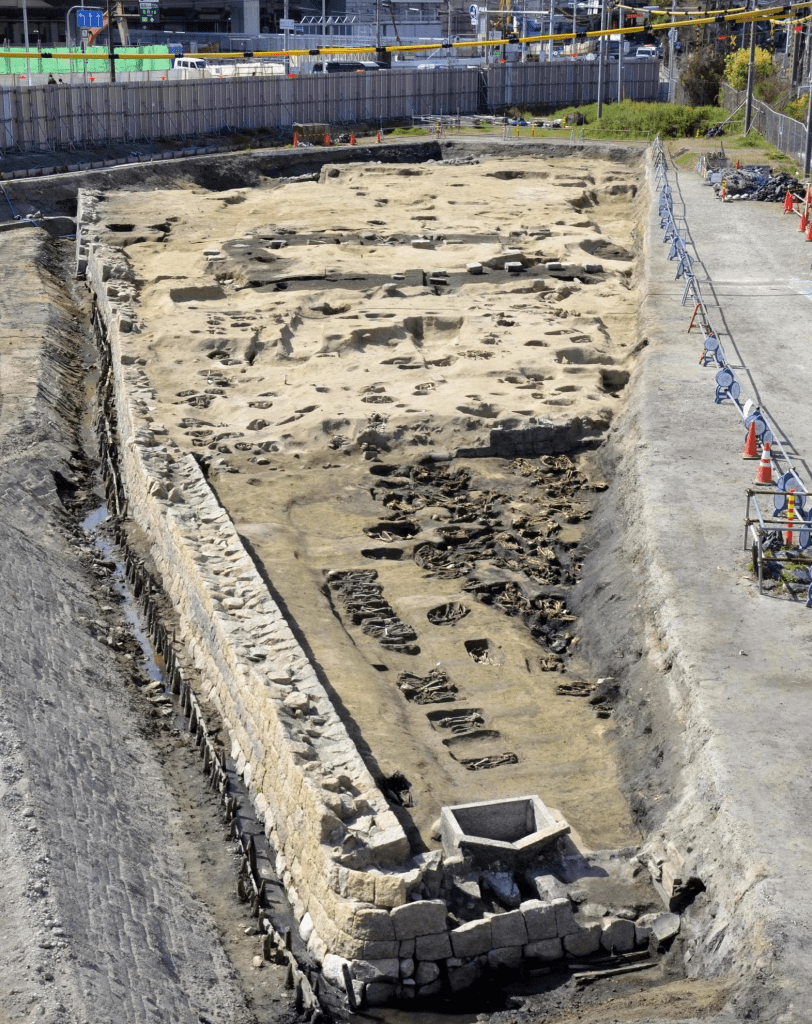
Why Were They Forgotten?
One reason the contributions of onna-bugeisha were erased or minimized lies in the political shift during the Edo period. As Japan moved into relative peace, the Tokugawa shogunate promoted rigid social structures, including Confucian ideals of feminine modesty and subservience. Women were expected to be obedient wives and mothers, not warriors.
Over time, this led to the romanticization of samurai masculinity, pushing female fighters out of the spotlight and into legend. The onna-bugeisha became more myth than memory until archaeology brought them back into the historical conversation.
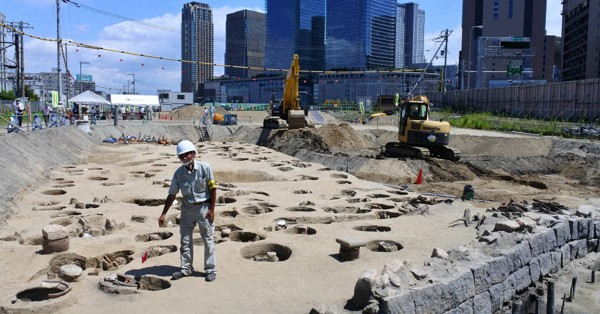
Notable Female Warriors in Japanese History
Though many names have been lost, some onna-bugeisha were legendary in their time:
- Tomoe Gozen (late 12th century): A fearsome warrior who fought in the Genpei War, often described as beautiful, courageous, and deadly. She reportedly decapitated strong male opponents in single combat.
- Hangaku Gozen (13th century): Known for her valor during the Kennin Uprising. She led troops into battle and was wounded in combat.
These women were not isolated anomalies but part of a wider culture that, under certain circumstances, trained and deployed women to defend territory, family, and honor.
Video:
Japanese Warrior Women – Female Samurai DOCUMENTARY
Rewriting the Narrative
The battlefield evidence from 1580 forces historians, educators, and the public to reconsider what we think we know about Japan’s past. Women were not simply passive figures in a violent era they were active participants in shaping it.
This discovery not only corrects the record but empowers modern audiences, especially women, by reclaiming a heritage of strength and agency long buried under centuries of male-centered storytelling.
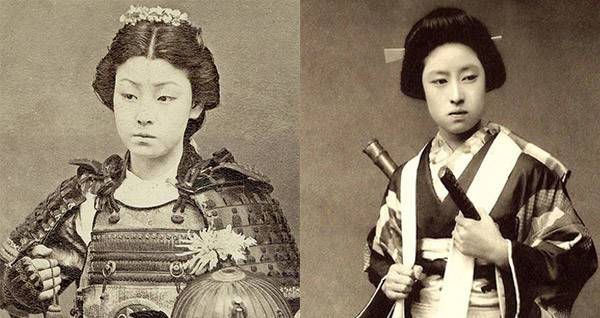
Conclusion: Honoring the Warriors Time Forgot
The image of the samurai is iconic: armored men wielding swords with discipline and precision. But now we know that image is incomplete.
Thanks to modern science, the onna-bugeisha are finally stepping out of the shadows of history. They remind us that courage, honor, and sacrifice were never limited by gender, even in a time as rigid as feudal Japan.
Their story is not just one of war it’s one of justice. Of correcting the past, honoring the forgotten, and telling the full truth of what it means to be a warrior.


